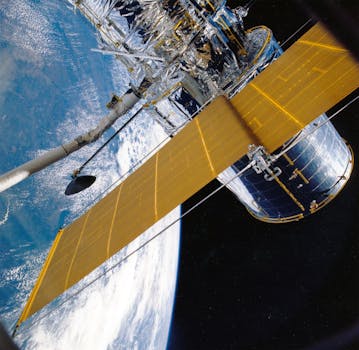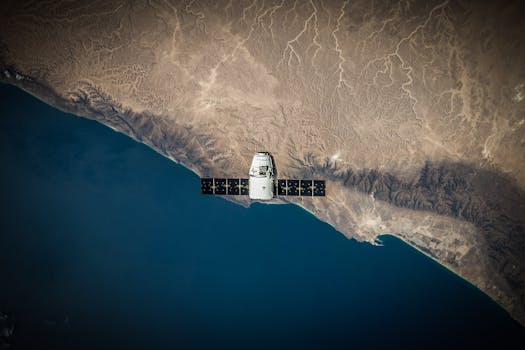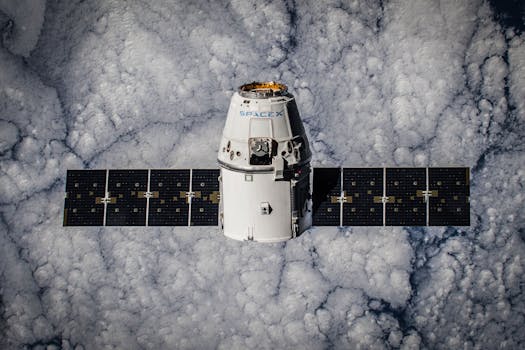
Beyond Earth: How Recent Advances in Satellite Tech are Shaping Global Communications
Recent advances in satellite technology are revolutionizing the way we communicate globally. With the ability to transmit data signals across the globe, satellites are playing a crucial role in shaping the future of global communications. In this article, we will explore the recent advancements in satellite technology and their impact on global communications.
Introduction to Satellite Technology

Satellite technology has come a long way since its inception. From the first satellite launch in 1957 to the current constellation of satellites orbiting the Earth, the technology has evolved significantly. Satellites are now used for a wide range of applications, including navigation, weather forecasting, and communication. The recent advancements in satellite technology have enabled the development of smaller, more efficient, and cost-effective satellites, making it possible for more companies and countries to launch their own satellites.
Advances in Satellite Communications

The recent advances in satellite communications have enabled the transmission of large amounts of data across the globe. With the introduction of new satellite constellations, such as Starlink and OneWeb, the speed and reliability of satellite communications have improved significantly. These constellations are designed to provide high-speed internet connectivity to remote and underserved areas, where traditional fiber-optic connectivity is not available. The use of advanced technologies, such as phased array antennas and laser communication, has enabled the transmission of data at speeds of up to 1 Gbps.
Impact on Global Communications

The recent advances in satellite technology are having a significant impact on global communications. With the ability to transmit data signals across the globe, satellites are enabling faster and more reliable connections worldwide. This has opened up new opportunities for businesses, governments, and individuals to communicate and access information from anywhere in the world. The use of satellite communications is also enabling the development of new applications, such as remote healthcare, online education, and e-commerce, in areas where traditional connectivity is not available.
The impact of satellite technology on global communications can be seen in various areas, including:
Remote connectivity: Satellites are enabling the connection of remote and underserved areas, where traditional fiber-optic connectivity is not available. This is opening up new opportunities for businesses, governments, and individuals to communicate and access information from anywhere in the world.
Disaster recovery: Satellites are playing a crucial role in disaster recovery, enabling the transmission of critical communication signals during natural disasters and other emergencies.
Maritime communications: Satellites are enabling the transmission of communication signals to ships and vessels at sea, improving maritime safety and efficiency.
Conclusion

In conclusion, recent advances in satellite technology are revolutionizing global communications, enabling faster and more reliable connections worldwide. The use of advanced technologies, such as phased array antennas and laser communication, has enabled the transmission of large amounts of data across the globe. As the demand for global communications continues to grow, the role of satellite technology will become increasingly important. With the development of new satellite constellations and the introduction of new technologies, the future of global communications looks promising.
See more:





